Stall Turn (Hammerhead) Explained
Pilot Institute
MARCH 24, 2025
It consists of a vertical climb, a rapid turn of the vertical axis , and a vertical descent. Once the airplane has reached a point where it nearly stalls or loses lift, youll initiate a pivot or turn. The aircraft doesnt actually stall because it pivots before it loses too much lift. What Is a Stall Turn?

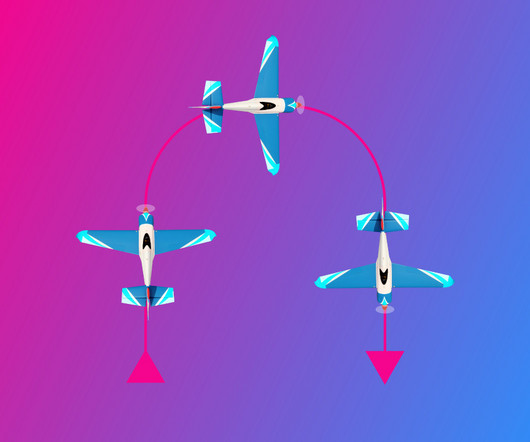

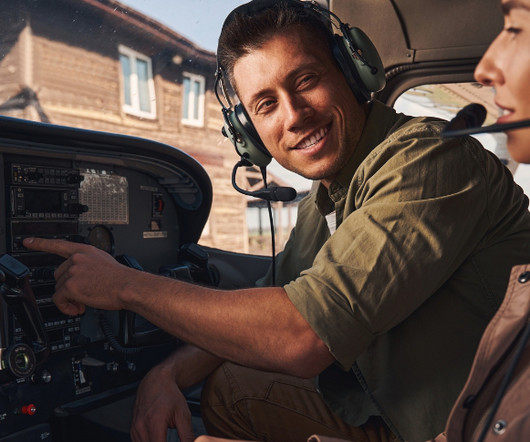
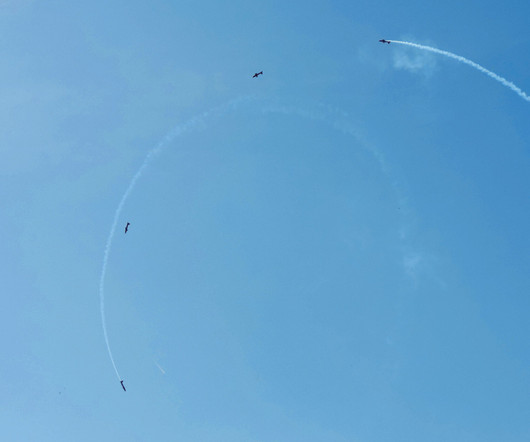

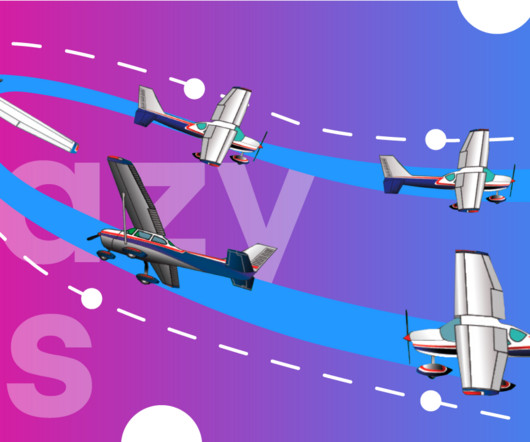

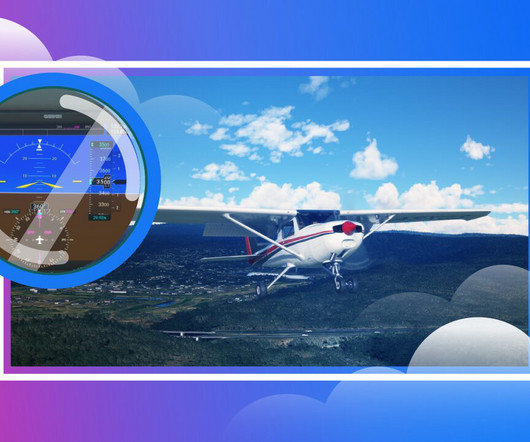
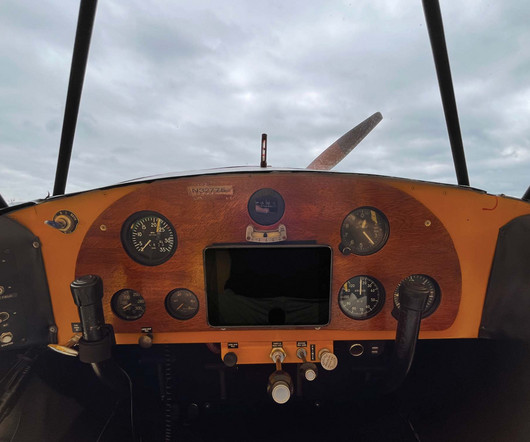



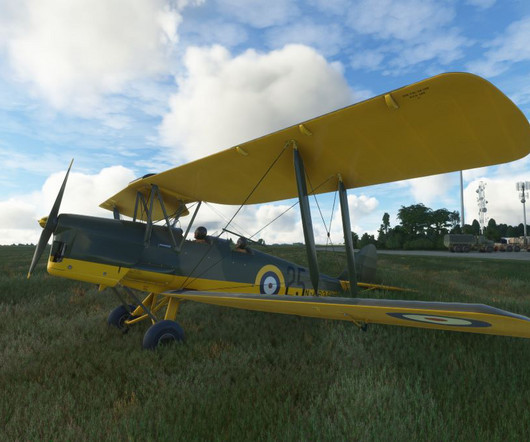

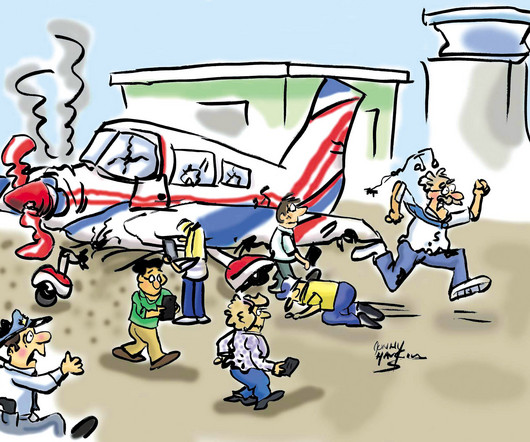
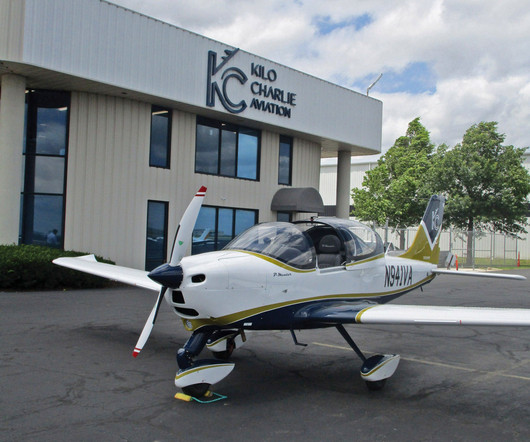






Let's personalize your content